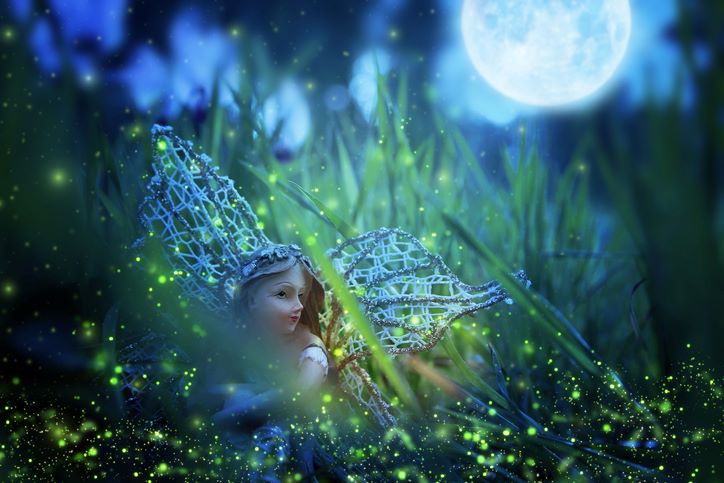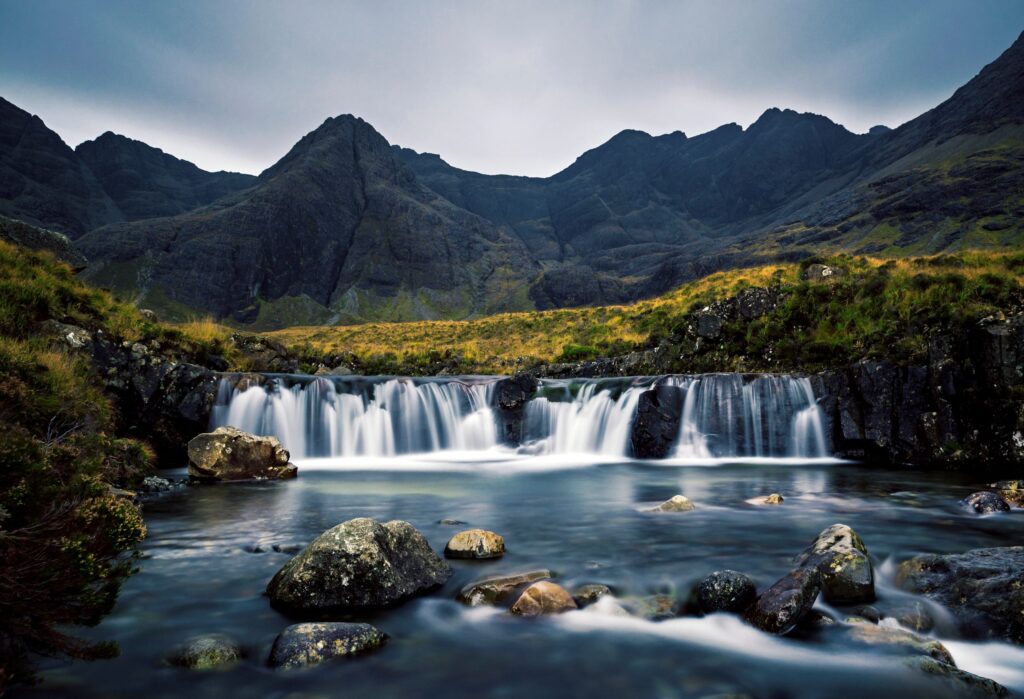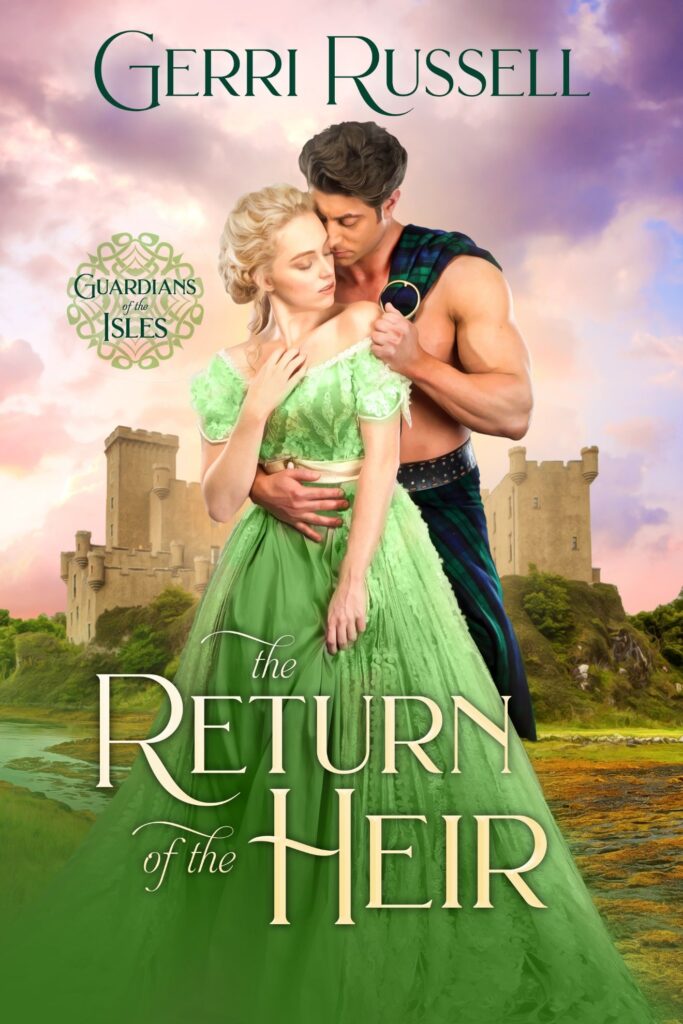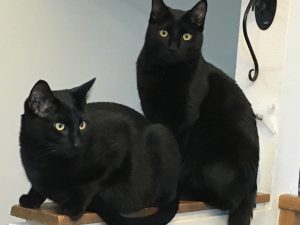
Coastal caves have always captivated me, and their presence in my books reflects this fascination. These aren’t just intriguing places to explore; they often carry rich histories. In Taming the Highland Beauty, my protagonists encounter Spar Cave, a hidden gem near Elgol on the Isle of Skye.
This tidal cave, adorned with glittering calcite crystals, boasts a captivating legend. In the ninth century, a local princess fell in love with a shipwrecked man, unbeknownst to the two of them, their fathers were sworn enemies. To protect their secret and avoid conflict, the pregnant princess hid her child within Spar Cave.
Sir Walter Scott’s 1814 visit brought fame to Spar Cave, immortalized in his poem “Lord of the Isles” where he described a mermaid within. This inspired Victorian-era excursions, unfortunately marred by the theft of numerous stalactites.
Initially muddy, the cave opens into a magnificent cavern of calcium carbonate, complete with a flowstone staircase. Ascending these steps reveals a breathtaking space, with a high ceiling and freshwater pools. A visit to Spar Cave is an unforgettable journey, offering a glimpse into the raw power and hidden beauty of the Scottish Highlands.





 I am the owner of four black cats. Or do they own me? I’m never quite sure. Pictured here are Indy and Tye, two brothers we adopted three years ago. In A Temptress In Tartan, a black cat is mistaken as a witch’s familiar. In the sixteenth century, it was largely believed that black cats were affiliated with evil because they are nocturnal and roam at night. They were thought to be supernatural servants of witches, or even witches themselves.
I am the owner of four black cats. Or do they own me? I’m never quite sure. Pictured here are Indy and Tye, two brothers we adopted three years ago. In A Temptress In Tartan, a black cat is mistaken as a witch’s familiar. In the sixteenth century, it was largely believed that black cats were affiliated with evil because they are nocturnal and roam at night. They were thought to be supernatural servants of witches, or even witches themselves.
 I always think it’s fun to find out where writers get ideas for their books . . . that one thing that makes them pause and ask the question, “What if . . .?” That’s what happened to me while passing through Edinburgh Castle’s esplanade. I came upon a bronze plaque and a fountain featuring two women’s faces—one old, one young—a foxglove plant in the center, and a snake coiled around it all.
I always think it’s fun to find out where writers get ideas for their books . . . that one thing that makes them pause and ask the question, “What if . . .?” That’s what happened to me while passing through Edinburgh Castle’s esplanade. I came upon a bronze plaque and a fountain featuring two women’s faces—one old, one young—a foxglove plant in the center, and a snake coiled around it all.